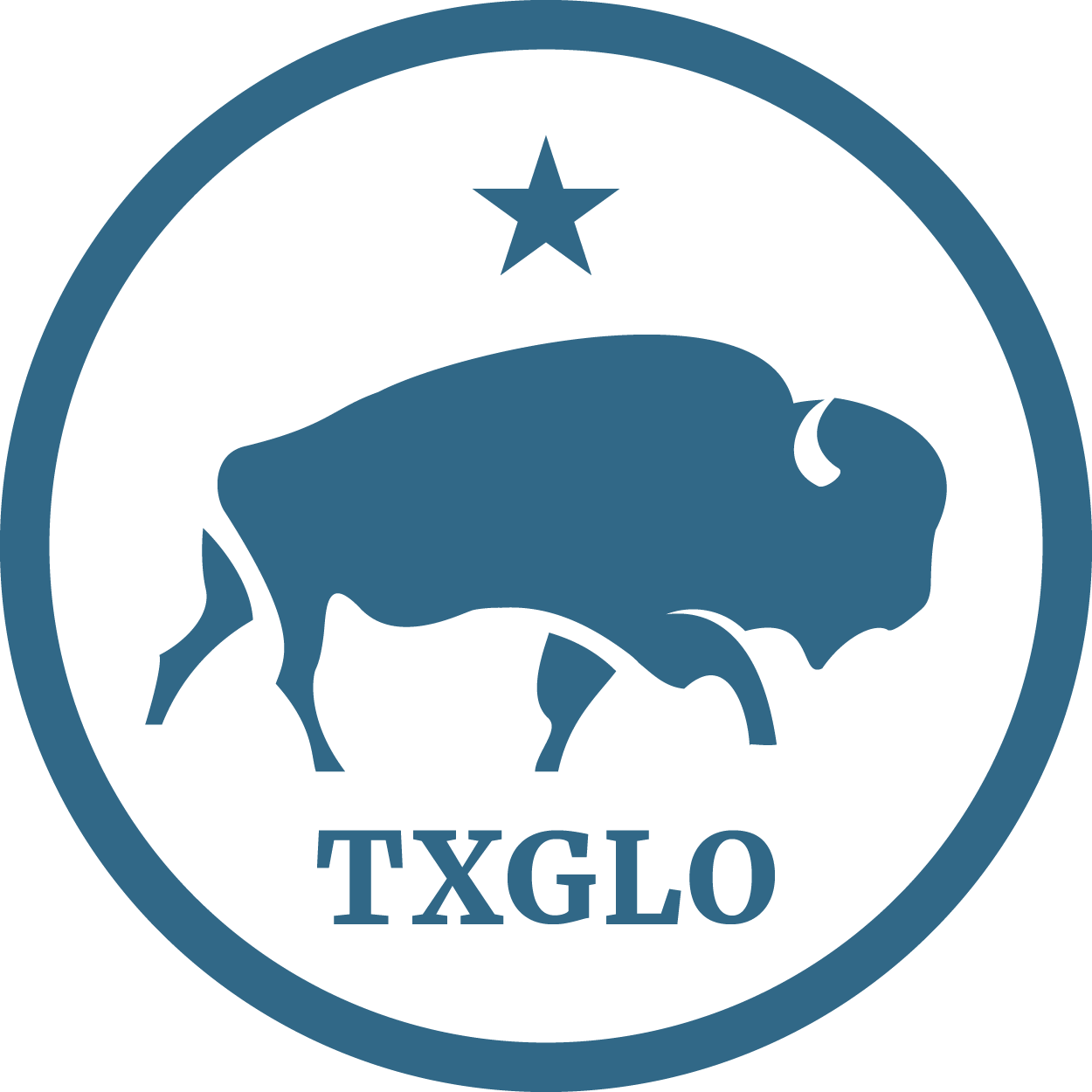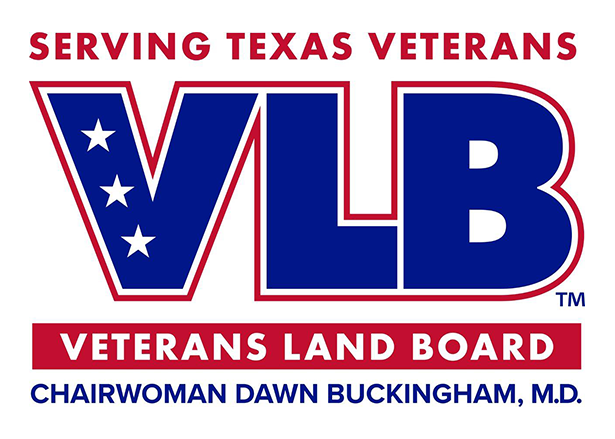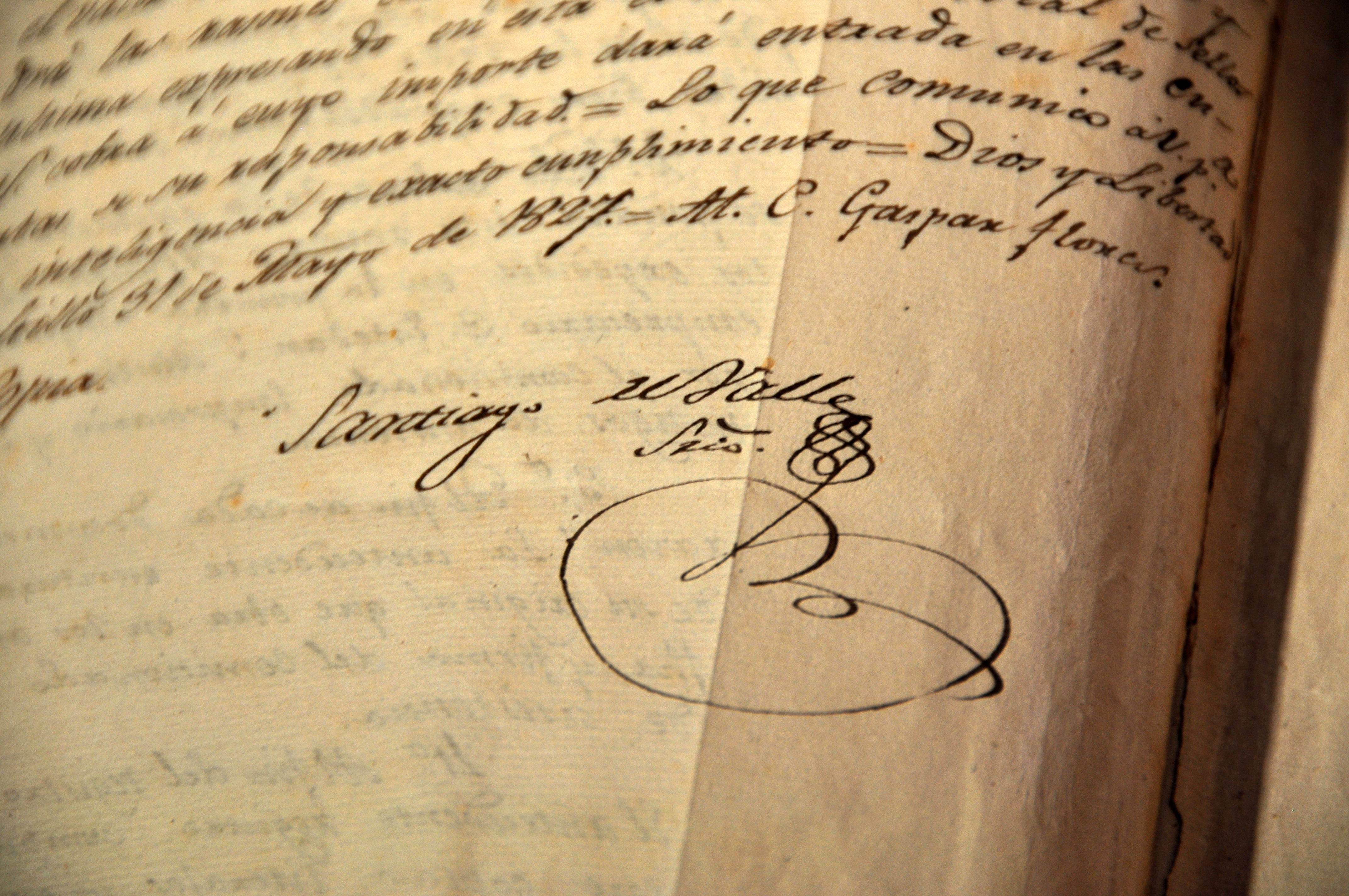Funds to improve roads, wastewater, sewer and drainage infrastructure approved for Caldwell and Snook
Today Texas Land Commissioner George P. Bush, Texas State Senator Lois W. Kolkhorst and County Judge Keith Schroeder announce the Texas General Land Office (GLO) approved more than $9.2 million in flood mitigation projects to improve roads, wastewater, sewer and drainage infrastructure in the Burleson County cities of Caldwell and Snook. These infrastructure projects will directly benefit residents in majority low-to-moderate income (LMI) areas that have faced repetitive storm damage in 2015, 2016, and in 2017 with Hurricane Harvey.
“Statewide, we must ensure our communities are more protected in the future,” said Commissioner Bush. “This first round of mitigation funding will help communities increase public safety, prevent property damage or loss, and minimize potential hardship on Texans by increasing community resilience and lessening the impact of future disasters. All of us at the GLO are proud to play a part in addressing this tremendous need.”
“Burleson County has a long history of flooding issues; our drainage and storm water conveyance system must be upgraded to prevent flooding and prevent the negative health and environmental impacts from wastewater spilling onto our streets,” said Burleson County Judge Keith Schroeder. “The $9.2 million we’re receiving today will fund drainage and sewer system projects vital to protecting our residents as well as their homes and property in the future. These kinds of grants allow us to provide services for our residents while keeping property taxes in check. I want to thank the GLO for their efforts to help communities across our coast.”
Texas State Senator Lois W. Kolkhorst (R-Brenham) offered her support for the grant saying, “The damage done by floods and hurricanes in our area has been a major issue. That's why I commend Commissioner Bush for recognizing our local needs and allocating these funds. This goes a long way to solve real problems and is a great example of the federal, state and local governments working together."
In May 2020, Commissioner George P. Bush announced the kick-off of the application process for the first round of more than $2.3 billion in Community Development Block Grant Mitigation (CDBG-MIT) funds from the U.S. Department of Housing and Urban Development (HUD) to protect Texas communities hit by Hurricane Harvey and severe flooding in 2015 and 2016. During the first round, the GLO conducted three competitive application programs from the CDBG-MIT Action Plan. Those programs include:
- 2015 Floods State Mitigation Competition – GLO awarded $31,426,781 to four grantees.
- 2016 Floods State Mitigation Competition – GLO awarded 21 grantees with $135,462,438.
- Hurricane Harvey State Mitigation Competition Round 1 ($1 billion of $2,144,776,720 total).
Applications closed for the first round of funding October 28, 2020, and the GLO evaluated all 290 submitted applications in accordance with the HUD approved scoring criteria. Eligible applications with the highest scores were awarded funds. The second round of the competition will award the remaining $1,144,776,720 in mitigation funding to Hurricane Harvey eligible entities.
HUD defines mitigation as activities that increase resilience to disasters and reduce or eliminate the long-term risk of loss of life, injury, damage to and loss of property, and suffering and hardship, by lessening the impact of future disasters. HUD requires that at least 50% of total funds must be used for activities benefiting low- to moderate-income (LMI) persons.
The State of Texas CDBG Mitigation Action Plan: Building Stronger for a Resilient Future outlines the use of funds, programs, eligible applicants, and eligibility criteria as required by HUD. The plan was sent to HUD on February 3, 2020, after an extraordinary public outreach effort including a 50-day public comment period and eight regional public hearings, far-surpassing HUD requirements. HUD approved the plan March 31, 2020. For more information, please visit recovery.texas.gov/mitigation.
Burleson County Project Descriptions:
City of Caldwell: Flood Mitigation Improvements - $5,094,852
LMI Percentage: 60.68%
The central portion of the city of Caldwell has a long history of experiencing significant flooding issues related to poor drainage due to deficient storm water conveyance infrastructure. Existing drainage from an approximate 65-acre watershed directs runoff to a series of drainage ditches and cross culverts. The City of Caldwell’s sanitary sewer collection system contains several miles of clay pipe, brick manholes and lift stations that have exceeded their service life leading to significant infiltration of storm water.
During rain events, the city’s wastewater collection system, as well as its treatment plant sees significant peak flows that are near or exceed their design capacity. Kleb Street located on the southwest side of the city is overtopped with water during large rain events damaging the pavement. The majority of the roadway is open ditch, with limited concrete curb and gutter sections.
The project will include four activities for an overall mitigation strategy within the city. These activities consist of the following:
- Replace clay pipe wastewater lines and brick manholes. This will include the direct replacement of approximately 12,000 linear feet of 6” gravity sewer line and 3,500 linear feet of gravity sewer line
- Reconstruct the lift station complete with new concrete wet well, submersible pumps, piping, fittings, valves, controls, a new permanent standby generator, fencing and access roadway
- Mitigate insufficient drainage in this area
- Reconstruct roadway as well as drainage improvements along the roadway. Replace all existing manholes with new, precast concrete manholes, new service connections and new service line cleanouts.
City of Snook: Citywide Sewer System Improvements - $4,150,000
LMI Percentage: 55.90%
Stormwater accumulation will continue to cause issues with Inflow and Infiltration (I&I) to the city’s wastewater system through low manhole tops adjacent to creeks and roadside ditches, sewer piping joints, cleanouts, and services. The stormwater inflows end up going into the sewer collection system and inundating the downstream manholes, piping, and lift stations.
The lift station inundation causes all pumps at each lift stations to be running at the same time, surcharging the common downstream single force main between the Marilyn Street Lift Station & WWTP. This surcharge led to backups & essentially rendered the Marilyn Street Lift Station inoperable since the pumps were unable to discharge minimal amounts of sewer into the force main.
Additionally, during Hurricane Harvey the stormwater runoff along the main drainage channel overtopped the FM 2155 Lift Station & associated electrical control panels, rendering the facility inoperable. These conditions have led to repetitive inoperability of the FM 2155 & Marilyn Street Lift Stations and discharge of raw, untreated waste to the environment. The issues with the Marilyn Street Lift Station & associated force main led to backup of raw, untreated waste into several houses in the area.
Improvements to the sewer system include the following:
- Relocate the FM 2155 Lift Station and access driveway, install new sewer gravity lines, and new manholes outside of the 100-year floodplain.
- Raise the Marilyn Street Lift Station including the associated wet wells, manholes and electrical components above the 100-year floodplain.
- Construct a second Force Main between the Marilyn Street Lift station and the Wastewater Treatment Plant (4100 LF).
- Install Emergency Generators at each of the two lift stations.
- Install (14,500LF) of gravity sewer lines.
- These improvements will provide resiliency to ensure future uninterrupted sewer service to City residents and mitigate the discharge of raw, untreated sewer into the environment and surrounding residences.








